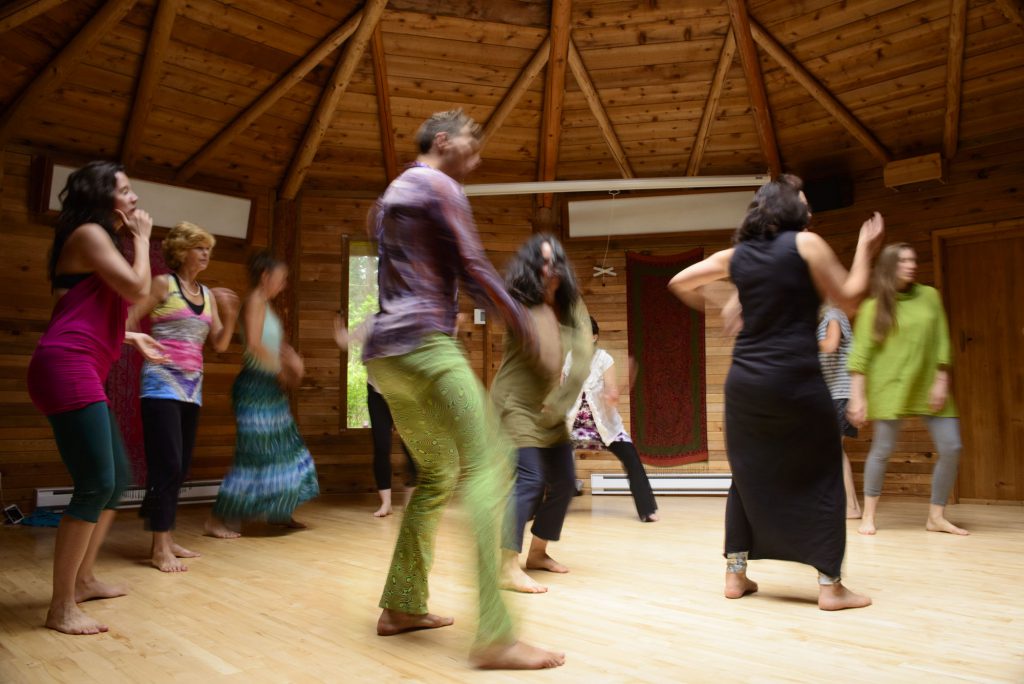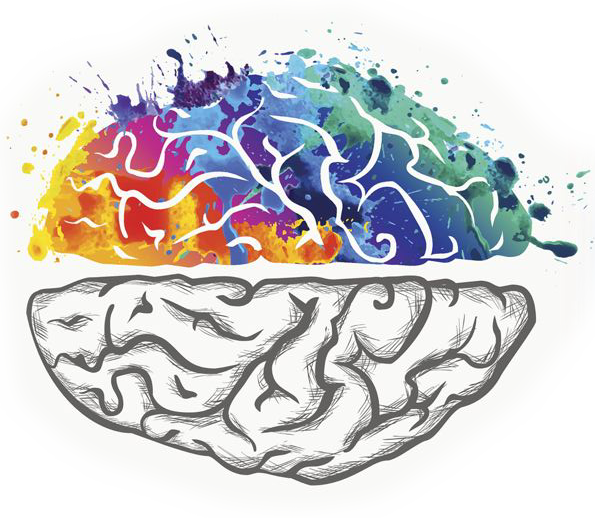Moving into Connection
Catherine Fallis describes the potent combination of attachment theory and Authentic Movement in learning to work effectively as a group leader, therapist, team manager, or parent.
By Catherine Fallis. Catherine is leading Moving into Connection at The Haven, June 7–9.
I am a group leader, sitting in a circle, scanning the faces of the participants around me, trying to figure out why one particular person has taken so much of my attention. They haven’t even said that much, but their eyes keep searching me out and wordlessly imploring me to look their way.
I am a therapist, sitting across the room from my client, trying to figure out why this particular client doesn’t seem to respond to my attempts to be warm and engaging, and why my rising discomfort is getting more intense.
I am a parent, sitting across the dinner table from my teenage daughter, trying to figure out why at this particular moment she seems so distraught, and why my attempts to calm her seem so ineffective.
From time to time, many of us find ourselves in scenarios like these. We work in the helping professions, or with teams in business, or juggle a demanding family life with work, and we get challenged by relationships that don’t always unfold the way we imagine they will! Moving Into Connection is a workshop that invites participants to take a dive into how the often unconscious patterns of our earliest attachment bonds influence our everyday relationships. As the group leader, the therapist, or the parent described in the scenarios above, I would know how to respond appropriately to the others with whom I am interacting, if I was aware of their attachment patterns, and knew my own as well.
So what would be the benefit of exploring attachment theory through the practice of Authentic Movement?
It’s one thing to read about a particular theory and then try to apply the principles to our lived experience. If we want to live in a truly embodied way, we need to be able to train ourselves to notice and track the felt sense of our physical being, both inner and outer. Authentic Movement gives us the opportunity to practice this very skill, by inviting us to slow down and pay attention to our inner experience. It is the practice of moving with eyes closed in the presence of a witness, following an inner impulse to move in whatever way emerges.
Anyone who has taken Living Alive Phase II, since 1993, has had a small taste of Authentic Movement during the two days of movement work that I lead. Often when people first have an experience of this form, they speak of what happens for them during the movement time, and what it feels like to be witnessed in this way. It is equally important to develop the witness consciousness, and is part of the reason why this practice can be so beneficial for therapists, group facilitators, and those who work with people in many contexts. The practice invites the witness to track not only the experiences of the mover they are witnessing, but also their own inner experience as they witness. As Janet Adler, one of the main developers of this practice writes, “There are two separate but intimately connected centers in the development of witness consciousness. One, which is intrapersonal, concerns the developing inner witness, the continuing desire from the moving practice to see oneself more clearly. The witness is participating, opening to the complexities of her own experience from moment to moment, here within her own being, in the presence of the mover. The other center, which is interpersonal, concerns the desire to see another more clearly, to be in service to the mover, which is what brings the witness into the presence of a mover” (Offering from the Conscious Body: The Discipline of Authentic Movement, 2004). This capacity to track both the inner and outer unfolding of experience at the same time, seems to me to be critical for group leaders at all levels to cultivate.
Adding the lens of attachment theory brings immediacy and aliveness to the meaning making that occurs during the time of verbal witnessing and reflection that follows the movement. As movers, we open to whatever movements, sounds, or inner images and stories, that arise from our unconscious. In the witnessing, we experience being seen by another, and in the meeting of that reflection and our own inner witnessing, new insights often emerge. When we look at these insights with an attachment lens, we can see more clearly how our patterns of relating and connecting have developed from our earliest imprints. With this deeper awareness and knowledge, we have the opportunity to repair early woundings, and experience more ease and delight as we move into connection. Whether you have studied attachment theory in depth, or it is completely new to you, I invite you to consider the possibility that a more nuanced and embodied understanding of how it operates in your life may be available to you in this workshop. As one participant reported after the workshop last year, “Exploring attachment issues through this gentle, respectful, yet deep form of Authentic Movement, is very fruitful.” I’m excited to be offering this workshop again, and invite you to come and join me!
**********************
Register now for Moving into Connection at The Haven, June 7–9, 2019.
Did you enjoy your read? Get bi-monthly updates straight to your inbox. That’s right, just one email every two weeks with a collection of great new content, plus an invitation to contribute too!







